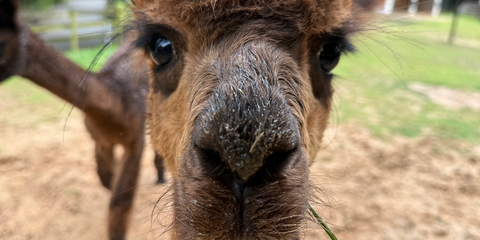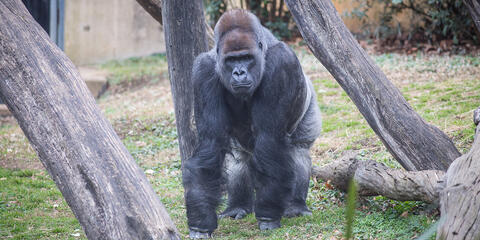Physical Description
The night heron has a stocky body, with a comparatively short neck and legs. The adult has distinctive coloring, with black head and upper back, gray wings, rump and tail, and white to pale gray underparts. The bill is stout and black, and the eyes are red. For most of the year, the adult's legs are yellow-green, but by the height of the breeding season, they have turned pink.
The juvenile has a brown head, neck, chest and belly streaked with buff and white. The wings and back are darker brown, though the tips of the feathers have large white spots. The young do not acquire full adult plumage until their third year.
Size
Night herons average 2 feet (0.6 meters) in length and weigh 1-2 pounds (0.5-1.0 kilograms).
Native Habitat
The black-crowned night heron is found across North, Central and South America. Most colonies of black-crowned night herons are associated with large wetlands. It is a migrating species.
Communication
The normal call is a "qua," "quack," or "quark." These calls are most often given in flight or from a perch.
Food/Eating Habits
Black-crowned night herons' diets consist mainly of fish, though it also eats leeches, earthworms, aquatic and terrestrial insects, crayfish, mussels, squid, amphibians, lizards, snakes, rodents, birds, eggs, carrion, plant materials and garbage and refuse at landfills. It is usually a solitary forager and prefers to feed in shallow waters.
The birds at the Zoo are wild birds, but steal mice from the marabou storks and kori bustards
Sleep Habits
As their name suggests, black-crowned night herons feed at night or at dusk unlike most herons. This allows it to avoid competition with day herons, which use the same habitats.
Social Structure
Black-crowned night herons are presumed to be monogamous. Black-crowned night herons nest colonially, and often more than a dozen pairs will nest in one tree. Black-crowned night herons defend both feeding and nesting territory.
Reproduction and Development
Mating usually takes place on or near the nest, and begins the first or second day after the pair is formed. There is one brood per season. The nest is built near the trunk of a tree or in the fork of branches, either in the open or deep in foliage. The male initiates nest building by beginning to build a new nest or refurbishing an old one.
The nest is usually a platform lined with roots and grass. The clutch size is three to five eggs. The eggs are greenest on the first day and fade to pale blue or green after that. Both parents incubate the eggs for 24 to 26 days. After hatching, both parents care for the young. Interestingly, adult black-crowned night herons do not recognize their own young and will accept and brood young from other nests.
Conservation Efforts
In the late 1960s, declines in many black-crowned night heron populations were noted, and were attributed to the use of the pesticide DDT, which also affected bald eagles, condors and other birds. Adults were often killed or trapped near fishing establishments, due to their fishy diet, but other methods of discouraging them from eating the fish are now available.
Because most populations are stabilized or increasing, management has not been a major focus, though habitat destruction is an important factor in the conservation of this species.
Help this Species
- Reduce, reuse and recycle — in that order! Cut back on single-use goods, and find creative ways to reuse products at the end of their life cycle. Choose recycling over trash when possible.
- Share the story of this animal with others. Simply raising awareness about this species can contribute to its overall protection.
- Are you a student? Did you love what you learned about this animal? Make it the topic of your next school project, or start a conservation club at your school. You'll learn even more and share the importance of saving species with classmates and teachers, too.
Animal News

Zoo Welcomes Alpacas ‘Rainstorm’ and ‘Coffee Cup’


